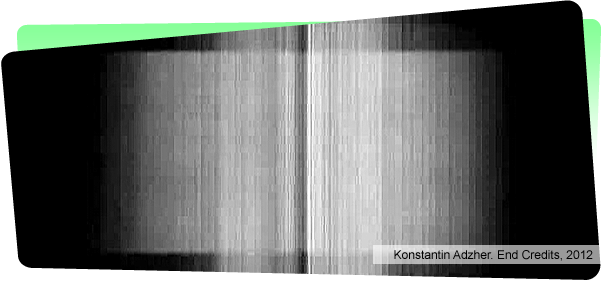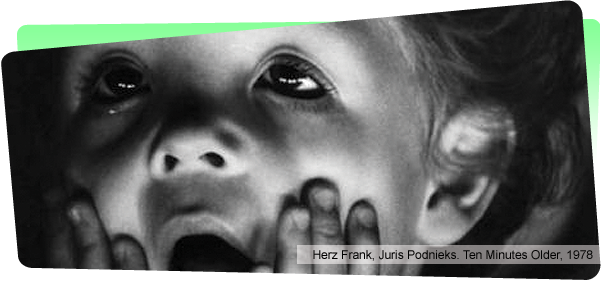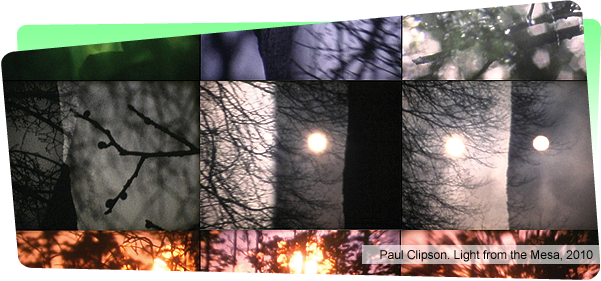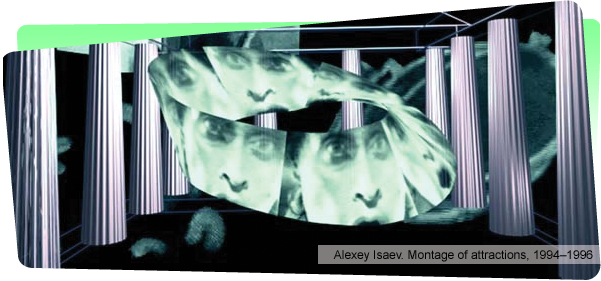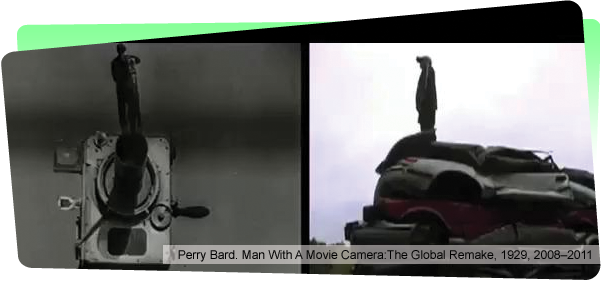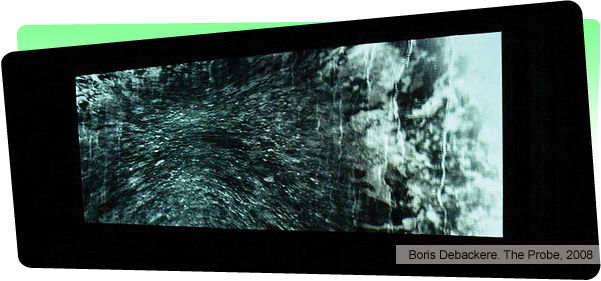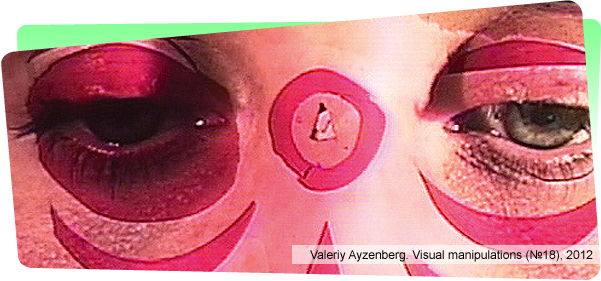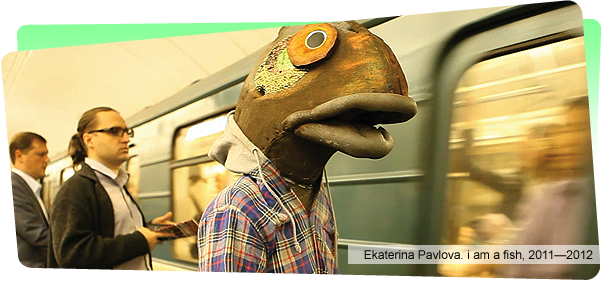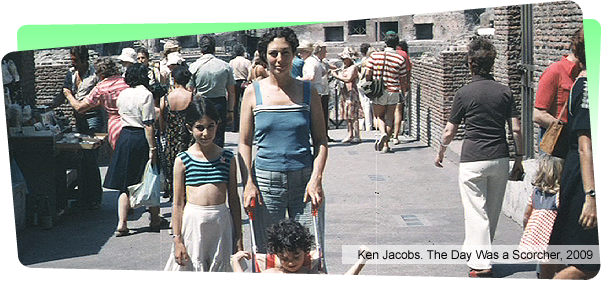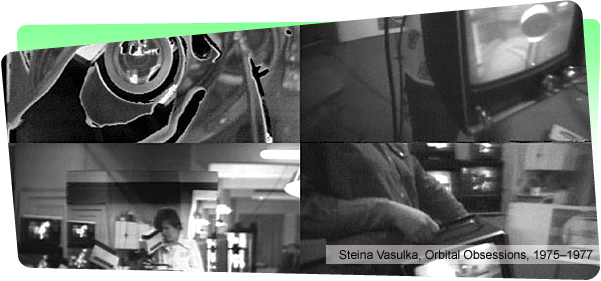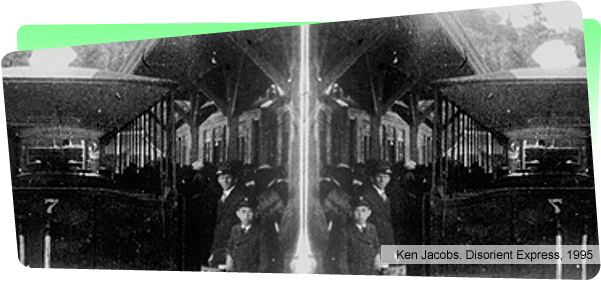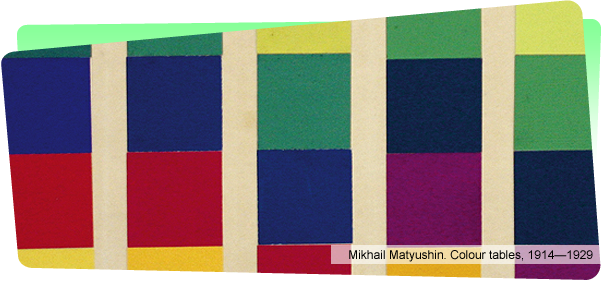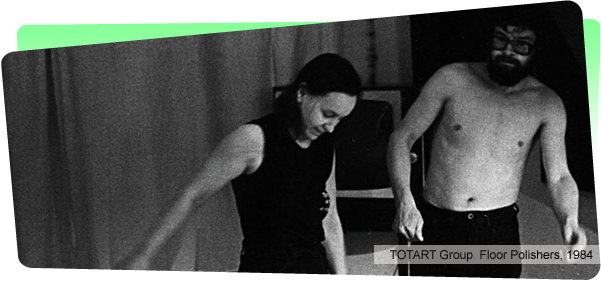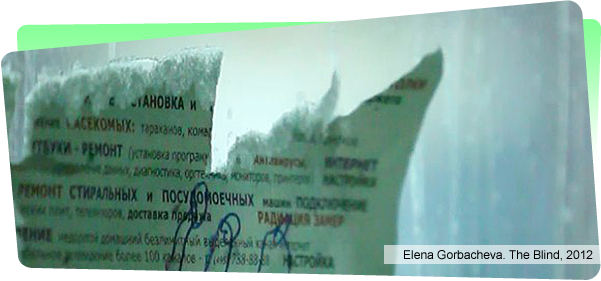Media Forum Closing. Lecture by Peter Greenaway

About Media Forum

Schedule

Exhibition "The Immersion: Towards the Tactile Cinema"

Educational programmes

Media Festivals: Let’s Rock! Programme

For Press

Partners

Contacts
Exhibition "The Immersion: Towards Haptic Cinema"
The Ekaterina Cultural Foundation: June 23 — August 19, 2012
Curator: Olga Shishko (art historian, curator, director and founder of the MediaArtLab, director of the MIFF Media Forum)
Organized by: MediaFest, MediaArtLab Centre for Art and Culture, The Cultural Foundation Ekaterina
With the support of: Mondriaan Foundation, British Council
Partners: ARTPLAY Design Centre (Moscow), Centre Pompidou (Paris), Museum of Cinema (Moscow), Archive Vasulkas (Santa Fe)
Nowadays thanks to Hollywood a model for a feature film with a narrative basis and two-three hour length has been established worldwide. This is a cinema viewing situation we are accustomed to, but cinema is not at all limited to it. All through the XXth century artists and avant-garde film directors have been dreaming of quite another cinema, whether a tactile one, wich can be touched, an interactive one – where a viewer can take an active part, a multiscreen cinema or cinema viewing as a meditation experience. In fact such cinema works are also created and they happen to be no less interesting compared with blockbusters — it’s just that we are not particularly aware of their existence and so are not able to watch or touch them.
The Media Forum is a programme at the Moscow International Film Festival which has been created especially to expand the familiar borders of cinema and to show that it can vary not only both in content and artistic construction of the text, but also from the formal point of view, the technology of its making and the viewing situation.
The language that Media Forum uses to talk to its audience belongs to both cinematic and artistic principles, enriching them both equally. At the beginning of the XXth century cinema as a space of experiment was an object of interest to both avant-garde film pioneers (Sergei Eisenstein, Dziga Vertov, Hans Richter) and avant-garde artists (Marcel Duchamp, Mikhail Matyushin, Kazimir Malevich). Later on when the cineindustry itself did not want to invent new forms and technology, but just to sell most commercially validated products, this initiative was taken up again by artists. Nam June Paik worked with the film image as a mediatation object, Salvador Dali came up with the idea of accompanying screening with a tactile experience, which would comment on the action on screen. Cineforms were transformed and invented by the most important contemporary artists. At the moment when post-structuralist philosophy and literature created the concept of destroying the united narrative structure of a work, a non-linear structure cinema was born together with new forms of interactive work with the viewer. Today the new technologies of online distribution, watching films on workpads and YouTube resulted in “grand cinema’s” revival of interest in experimental forms. The changes in viewer perception structure have at last made relevant and commercially demanded everything that artists and cinema pioneers had already suggested a hundred years ago. Contemporary classics such as Peter Greenaway and David Lynch have declared a change in the cinematic structure. All these should be conceptualized in the historic perspecive and from the viewpoint of contemporary reality. Moreover, these actual developments call for a prepared and cognisant audience. This has become the main objective for the Media Forum organizers.
I. Pure Cinema

Exhibition "The Immersions. Towards the Tactile Cinema" consists of several sections each belonging to a certain type of director’s approach to working with screen and viewer. The first section, Pure Cinema, is a reaction to art for art’ sake. Here screen is used as a canvas, actually presenting cinema as an apotheosis of painting. Works by Kazimir Malevich, Mikhail Matyushin, Nam June Paik, Ken Jacobs, Paul Clipson, Hans Richter, Konstantin Adzher, Oleg and Olda Ponomarev are presented.
II. Attractions' Montage

Attractions’ Montage, the second section, is based on the “4D cinema” concept invented initially by Sergei Eisenstein and presents his followers: Pia Tikka, Herz Frank, Alexei Isaev and Elena Gorbacheva.
III. Tactile Cinema

The third section, Tactile Cinema, is about films that can be “watched with hands”, starting with Salvador Dali’s ideas. While working with Luis Bunuel, Dali had quite another vision of the Chien Andalou realization. This is followed by VALIE EXPORT’s “gripping watching” (beside which works by the TOT-ART group, Valery Ayzenberg, Ekaterina Pavlova and Constantin Semin are presented).
IV. Machine Vision

The forth section explores the Machine vision idea by Woody and Steina Vasulkas — a device that can replace both the film director and the viewer, supplanting individual and inaccurate human vision by an objective gaze of the camera itself. Here Ken Jacobs, Dina Karaman and Alexandra Kuznetsova are also presented.
V. Interactive Cinema

The Interactive Cinema that unfolds with viewers’ participation is the fifth section comprised of works by Zbigniew Rybczyński, Chris Hales, Boris Debackere, Perry Bard, Mark Amerika and Olga Kisseleva.


